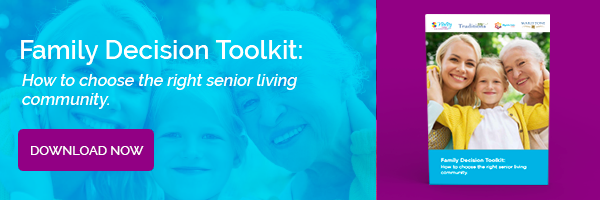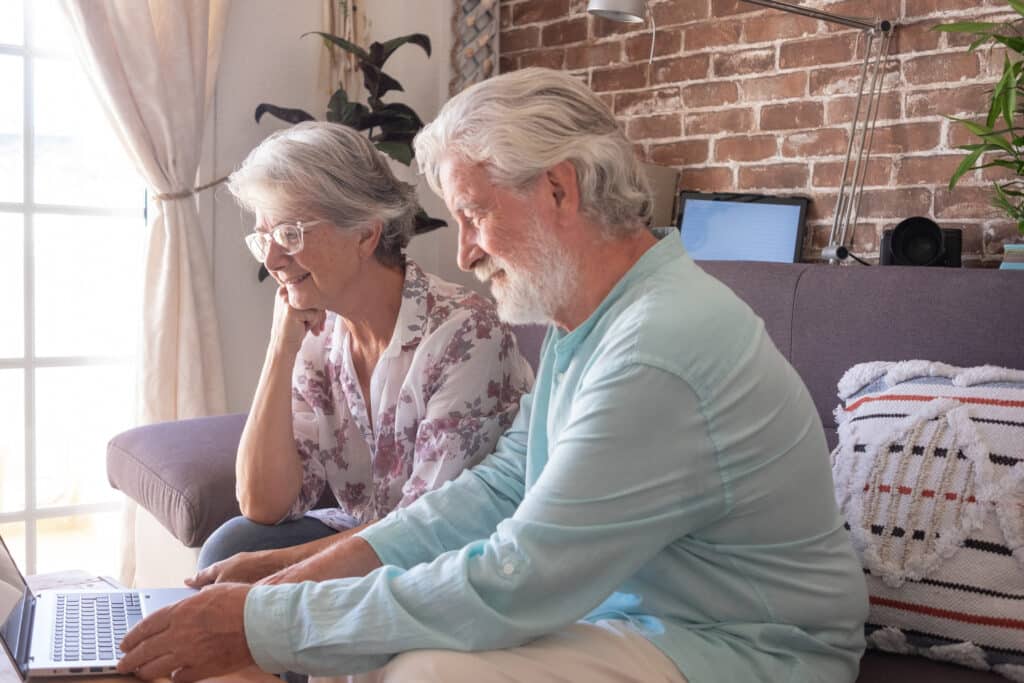Senior living communities work hard to ensure residents have everything needed to live safe, comfortable, carefree, and healthy lifestyles. Today’s older adults need to understand the senior living care options when choosing their next home. Your health, activity level, and personal interests must all factor into your senior living lifestyle choice.
You’ll find that you have many choices regarding senior living. The senior living industry is more competitive than ever, and senior living communities are meeting the demand with a variety of care options.
Are you considering senior living and trying to determine the best options for yourself or a loved one? Here’s a detailed look at the care options in senior living communities.
Assisted Living
According to a 2022 Consumer Affairs report, there are nearly 30,000 assisted living communities in the United States, with more than 810,000 residents. Assisted living communities are designed for older adults who need help with activities of daily living, including bathing, dressing, grooming, and toileting.
The following services and amenities are usually available in assisted living communities:
- Apartment-style living spaces
- Transportation to appointments and shopping
- Chef-prepared meals
- Housekeeping and maintenance services
- Planned social events and recreational activities
- Fitness classes
- State-of-the-art fitness centers
- Medication assistance
- Laundry services
- Classes
- Spas and salons
- Pools
Assisted living communities allow older adults to maintain independence and enjoy life in the company of their peers.
Check out Vitality Living for a look at what life is like in an assisted living community!
Download this helpful Family Decision Toolkit from Vitality Living.
Retirement and Active Adult Living
You work for years and count down the days to retirement! Imagine an easy-going carefree retirement without the responsibilities of home maintenance, repairs, housekeeping, laundry, meal preparation, and lawn care.
Now imagine spending your days relaxing, socializing over dinner, or having a delicious cocktail with other adults!
Retirement communities are perfect for people who want to discover new interests and have various social opportunities in a safe and fun environment.
Active adult communities give active adults various opportunities to participate in multiple vibrant and engaging activities and events.
This is the reality for many older adults who live in retirement and active adult communities:
- Planned events and activities
- Ability to explore hobbies and discover new passions
- Golf courses
- Delicious chef-prepared meals
- Restaurants, pubs, and cafes
- Spacious apartments, condos, and single-family homes
- Fitness and Yoga classes
- Swimming pools
- Travel opportunities
- Health and wellness lifestyle
- Maintenance and repair services
- Walking trails
- Gazebos, gardens, and covered patios
Memory Care
Memory care communities offer people living with Alzheimer’s disease and other forms of dementia a safe and supportive environment.
Memory care units are specifically designed for memory care patients; residents receive customized care plans from staff members and physicians who are specially trained and educated in memory care.
These communities have specialized design choices, including lighting and colors tailored to the relaxation and cognitive needs of people with memory loss.
In addition, to the high-level memory care support, residents have access to the following:
- Assistance with personal care and grooming
- Secure environments to prevent wandering and injuries
- Care plans that are designed for independence and engagement
- Fitness and recreational activities
- Planned events and social activities
Memory care communities and their staff are excellent sources of support and information for residents’ families.
For more information about assisted, retirement, active adult, and memory care download this helpful Family Decision Toolkit from Vitality Living.




